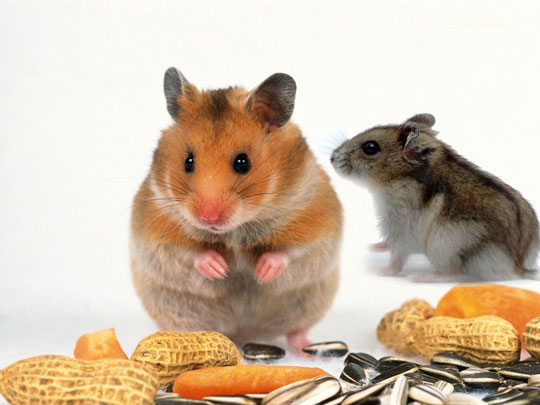
The genome of humans and mice is much different than we thought. (Illustration).
About a fifth of the rat species are new versions that appear in the past 90 million years of evolution. The difference between human and mouse genes is quite large reflecting the difference between the two species biologically.

These findings suggest that in the degree of complete genome sequencing of mice, only behind the human genome of mammals. Between humans and mice, four-fifths of the genes are common and, thanks to these genes, scientists can use them to study human diseases. However, what the new study has shown is that only one species of mice is biologically able to share with humans.
Amidst the differences that the genome has left, people find a treasure trove of rich new genes. Many newly discovered genes are evolving with an unusually fast pace, and may be the result of an evolutionary ' arms race ' between mice and their reproductive cells.
" In the past, the picture of our mouse genome was incomplete. Only when our missing pieces of genome were added, " said Dr. Leo Gdstadt, of the Functional Research Center of the Manchester Center . then we realized that a large number of genes are found only in mice but not in humans . "
Professor Chris Ponting, Oxford University, UK, one of the leaders of the project evaluated: " The new findings are extremely important. They help us separate the genes that make people and mice different when considering them all. mammals '.
Another Dean of the project, Dr. Deanna Church, said: " These knowledge are very helpful, we are now aware of what our understanding of the mouse genome is missing. New findings for allow us to erase the misconceptions and, more importantly, know the hidden secrets in mouse biology '.